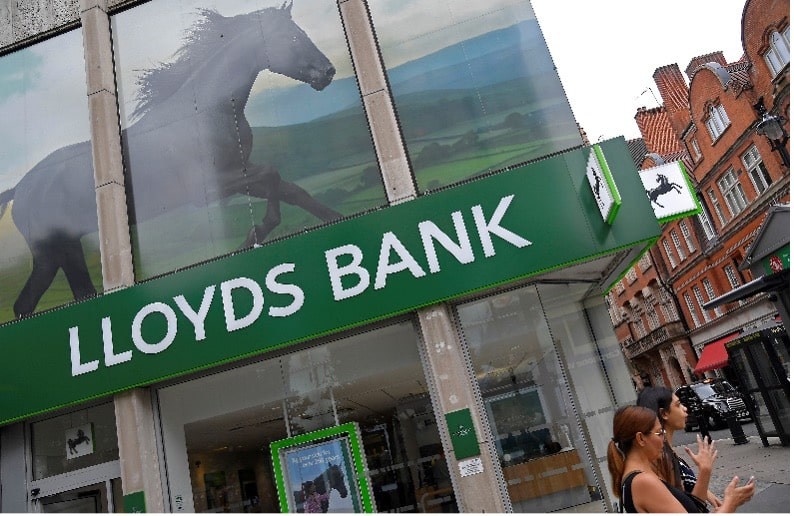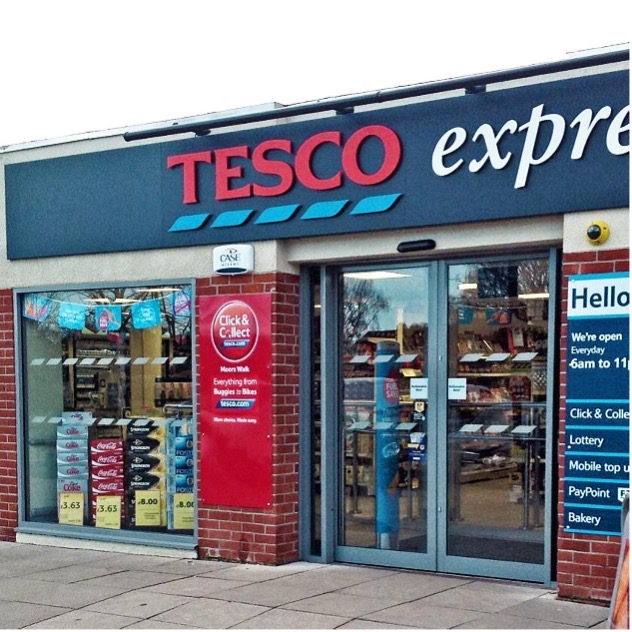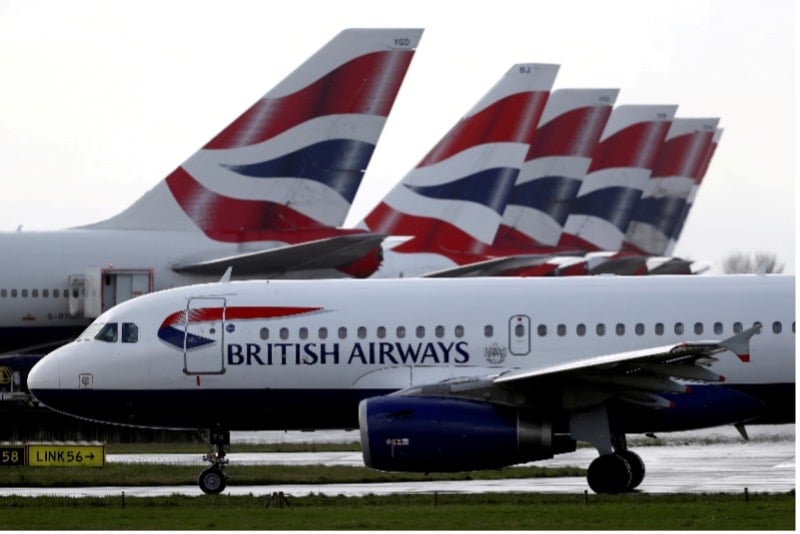Lloyds, Tesco, and IAG are the three of the most important FTSE 100 companies for their relative importance to their sectors. Recent earnings suggest the trajectory of the UK’s banking, retail, and travel sectors.

A bellwether — named for the leader sheep of a flock, which traditionally wears a bell on its neck — is a term granted to companies whose earnings performance tends to indicate the performance of the wider sector as a whole.
These are usually, though not necessarily, the largest company within the sector on an index. In the case of the FTSE 100, three companies stand out — if they’re doing well, then the sector will likely outperform. Of course, the converse is also true.
Recent earnings offer several clues for these sectors alongside the FTSE 100’s prospects for 2023. And unlike many FTSE 100 companies, Lloyds, Tesco, and IAG all derive the majority of their profitability from UK consumers.
FTSE 100 bellwether stocks
Lloyds (LON: LLOY)
The numbers: Underlying profit rose by 30% year-over-year in Q1 to £2.2 billion, driven by underlying net interest income which rose by 20% on net interest margins of 3.22%. However, the FTSE 100 bank expects full-year net interest margins to only ‘be above 3.05%,’ suggesting that this crucial figure will dip from Q2 onwards.

Importantly, Lloyds only set aside £243 million for impairment charges (bad debts), down from £465 million last quarter. This implies that the bank thinks that the worst of the economic pain could be behind us as inflation falls alongside energy bills. However, deposits fell by £2.2 billion partially due to seasonal tax withdrawals.
The quote: CEO Charlie Nunn enthuses that ‘the Group has delivered a solid financial performance in the first quarter of 2023, with strong net income and capital generation, alongside resilient observed asset quality. The macroeconomic outlook remains uncertain. We know that this is challenging for many people.’
The lesson: Profits are being driven by the rising base rate, which now stands at 4.25% and is expected to increase to 5% during the summer. Combined with double-digit inflation and stiff competition from challengers and legacy banks alike, profitability will likely be squeezed for the rest of the year, if up on a historical basis.
Shares are trading within their typical 40-50p range suggesting that investors are uncomfortable with the smaller impairment charge and also slightly falling deposits — a house price crash, for example, would be disastrous for the UK’s largest mortgage lender, especially as it has no international operations.
Tesco (LON: TSCO)
The numbers: In full-year results, sales rose by a solid 7% to £66 billion but pre-tax profits collapsed by 51% to £1 billion due to ‘unprecedented’ rises in supplier prices. The FTSE 100 company expects prices to continue rising in H1, but then moderate in H2 with sales volume to recover later on.

While the company wrote off a large chunk of the value of its property portfolio, prompting accusations of artificial accounting, it also repurchased several long-dated bonds to mitigate the pressure from higher rates and bring its leverage ratio down.
The quote: CEO Ken Murphy argues that ‘we are the most competitive we have ever been, with our market-leading combination of Aldi Price Match, Clubcard Prices and Low Everyday Prices…we continue to target growth through making Tesco the most convenient place to shop. This year we have opened 91 stores across the Group and are serving over 450 net new Booker retail partners.’
The lesson: CPIInflation stands at 10.1% and food inflation closer to double this. Even looking at sales, falling volumes and rising inflation means that sales are actually down in real terms.
Tesco is rightly focused on areas which are more profitable — including clothing, stationary, its Paperchase acquisition, Booker, Tesco Finest, and convenience stores — all of which grew compared to the wider performance. Murphy is insistent that retaining market share is of paramount importance, especially given the damage being dealt by the discounters, even if it means lower profits.
But retaining market share will mean profits may fall even further — unless you think the company is hiding behind property value write-offs.
IAG (LON: IAG)
The numbers: Revenue rose by a whopping 71% to €5.89 billion from the previous year, helped along by strong leisure demand, demonstrating the continued pent-up demand resulting from years of pandemic lockdowns. Revenue also benefitted from growing alternative sources, such as €525 million from Iberia’s third party maintenance business, BA Holidays and the IAG Loyalty scheme.

Passenger numbers increased by 69% compared to the prior year and are now essentially back to pre-pandemic levels — again this has been driven by leisure demand as many business meetings are now conducted online.
Most importantly, adjusted operating profit came in at €9 million — far better than the loss of €741 million the year before, and substantially outperforming analyst estimates of a €207 million loss.
The quote: CEO Luis Gallego thinks that ‘IAG has delivered a strong first quarter financial performance, as Group airlines recovered capacity to close to pre-pandemic levels. Iberia contributed a record first quarter profit and all our airlines performed above expectations, benefiting from robust demand and a lower fuel price in the quarter. We are seeing healthy forward bookings with leisure demand particularly strong while business travel continues to recover more slowly.’
The lesson: What IAG only briefly touched on was its debt levels, which rocketed during the pandemic as it entered survival mode. Finance costs came to €274 million, bringing net debt to €8.4 billion. This may be better that the €10.4 billion it owed last year, but 2023 net income is expected to only be circa €1 billion, so most income will be spent on debt, much of it ICO loans which are tied to rising rates.
Given that the airline operator also wants to buy Air Europe and that IAG’s market cap is just £7.6 billion, a hoped-for summer boom may not be enough to restore investor confidence in the sector.5
This article has been prepared for information purposes only by Charles Archer. It does not constitute advice, and no party accepts any liability for either accuracy or for investing decisions made using the information provided.
Further, it is not intended for distribution to, or use by, any person in any country or jurisdiction where such distribution or use would be contrary to local law or regulation.